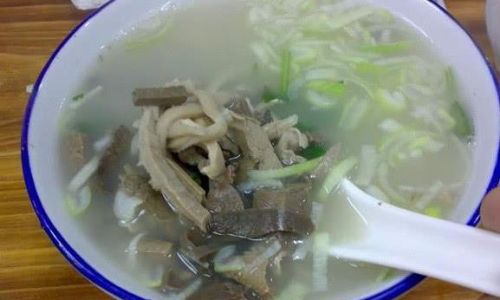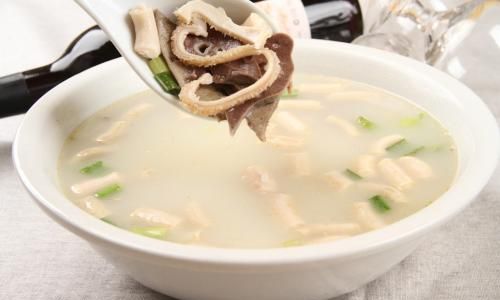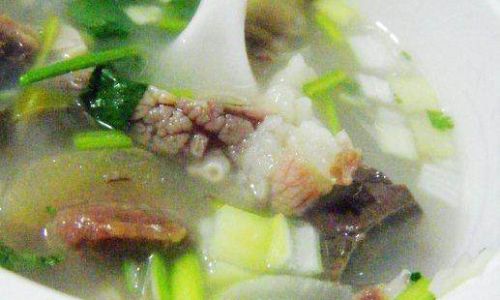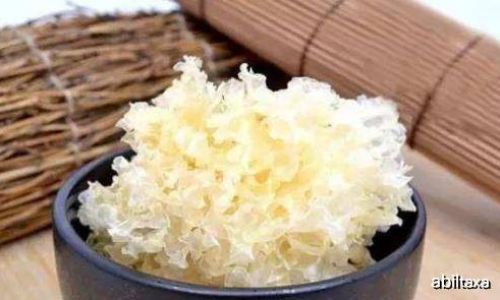Introduction

In the vast realm of culinary arts, traditional dishes often hold a special place, encapsulating the essence of a culture’s flavors, textures, and cooking techniques. Among the myriad of hearty stews and soups that dot the culinary landscape of various regions, mutton stew with offal stands out as a timeless delicacy, especially in colder climates where warmth and nourishment are paramount. This article embarks on a culinary journey, delving into the art of crafting a perfect bowl of mutton stew with offal, a dish that not only satisfies the palate but also warms the soul.
Origins and Significance
The history of mutton stew with offal is intertwined with the lives of nomadic tribes and rural communities across Asia, Europe, and parts of Africa. In these regions, sheep have been a staple source of food for centuries, providing not just meat but also a variety of offal that, when cooked thoughtfully, can transform into a nutritious and flavorful meal. The stew, rich in collagen and essential nutrients, is believed to have originated as a way to utilize every part of the animal, ensuring no part was wasted. Over time, it evolved into a cherished dish, celebrated for its ability to fortify the body against harsh winters and provide sustenance during labor-intensive tasks.
Ingredients: A Balanced Symphony
Crafting a memorable bowl of mutton stew with offal begins with selecting the right ingredients. Here’s a comprehensive list of what you’ll need:
- Mutton Offal: This typically includes the heart, liver, lungs, and kidneys. Ensure they are fresh, clean, and free from any blemishes.
- Mutton Bones: For added flavor and body, use mutton bones, preferably with marrow.
- Vegetables: Carrots, onions, celery, and leeks add sweetness, depth, and a touch of earthiness to the stew.
- Aromatics: Garlic, ginger, and whole spices such as black peppercorns, bay leaves, and cloves are crucial for creating a layered, aromatic profile.
- Stock or Broth: A good quality mutton or beef stock serves as the foundation, enhancing the stew’s richness.
- Seasonings: Salt, soy sauce (optional for depth), and a touch of vinegar or lemon juice to brighten the flavors.
- Herbs: Fresh parsley, thyme, or rosemary can be added towards the end for a burst of freshness.
Preparation: A Step-by-Step Guide
Step 1: Cleaning and Preparing the Offal
Begin by thoroughly cleaning the offal. Soak the pieces in cold water for about 30 minutes, changing the water once or twice to remove any blood or impurities. Pat dry and set aside. This step is crucial as it ensures the final dish isn’t overly gamey or has an unpleasant texture.

Step 2: Preparing the Bones and Vegetables
Break the mutton bones into manageable pieces if they aren’t already. Wash them thoroughly and set them aside. Peel and chop the vegetables into large chunks to withstand the long cooking process. This ensures they retain their shape and flavor without disintegrating.
Step 3: Sautéing the Aromatics and Vegetables
In a large, heavy-bottomed pot, heat a splash of oil over medium heat. Add chopped onions, garlic, and ginger, sautéing until they are translucent and fragrant. This process, known as “toasting,” releases the natural oils and flavors of the aromatics, creating a flavorful base for the stew.
Step 4: Building the Stew Base
Add the prepared mutton bones and offal to the pot, searing them on all sides until they develop a nice brown crust. This locks in juices and adds another layer of flavor to the broth. Once browned, pour in enough stock to fully submerge the ingredients. Bring the mixture to a boil, then reduce to a simmer.
Step 5: Adding Vegetables and Spices
Add the chopped vegetables, whole spices, and a pinch of salt. Stir well to combine, ensuring everything is submerged in the liquid. Cover the pot and let it simmer gently for at least 2-3 hours, or until the meat is tender and the broth has thickened slightly. The longer it cooks, the more flavors meld together, creating a rich, velvety texture.

Step 6: Finishing Touches
After the stew has cooked for the desired duration, taste and adjust the seasoning with salt, pepper, and a splash of soy sauce if using. Add fresh herbs like parsley or thyme in the last 10 minutes of cooking to preserve their vibrant color and flavor. A squeeze of lemon juice or a splash of vinegar can also be added to brighten the stew’s taste.
Step 7: Serving
Ladle the stew into bowls, ensuring each serving includes a generous portion of meat, vegetables, and broth. Serve hot, accompanied by crusty bread or rice to soak up the delicious juices. For an added touch of luxury, a dollop of sour cream or yogurt can be added on top.
Tips for Perfection
- Patience is Key: Slow cooking is essential for developing the stew’s flavors. Rushing the process can result in a less flavorful, tougher dish.
- Quality Ingredients: Use the best quality ingredients you can afford, especially for the stock and offal, as they make a significant difference in the final taste.
- Adjust Seasoning: Taste the stew frequently during cooking to ensure it’s seasoned correctly. Remember, flavors intensify as the stew cooks.
- Experiment with Herbs: Feel free to experiment with different herbs and spices to suit your palate. Traditional combinations work well, but don’t be afraid to innovate.
Conclusion
Mutton stew with offal is a dish that transcends mere nourishment; it’s a culinary experience that connects us to our past, honoring the traditions and wisdom of our ancestors. By following these steps and tips, you can create a hearty, flavorful stew that not only warms the body but also nourishes the soul. As you savor each bite, let the rich, aromatic flavors transport you to a world where simplicity and tradition reign supreme. Happy cooking!




0 comments